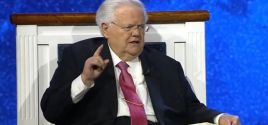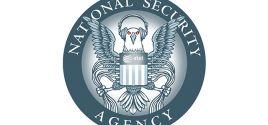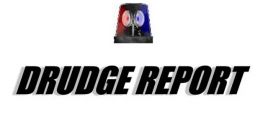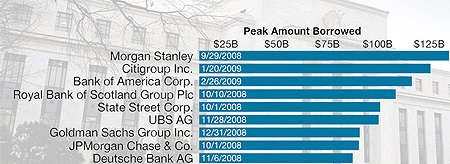Wall Street Aristocracy Got $1.2 Trillion in Fed's Secret LoansBy Bradley Keoun and Phil KuntzBloomberg Aug. 21, 2011 |
Popular 
John Hagee Cheers Israel-Iran Battle as 'Gog and Magog War,' Will Lobby Congress Not to Deescalate

Patriot ACT on Steroids: FISA Bill Forces 'An Enormous Range' of Businesses to Act as NSA Spies

Right-Wing Media See Traffic Plummet in Wake of Algorithm Changes by Facebook, Google

Israel to Extend Water Agreement With Jordan 'For Helping Shoot Down Iranian Drones'

Congress Introduces ADL-Backed 'Countering Antisemitism Act' to Police Online Speech
  Citigroup Inc. (C) and Bank of America Corp. (BAC) were the reigning champions of finance in 2006 as home prices peaked, leading the 10 biggest U.S. banks and brokerage firms to their best year ever with $104 billion of profits. Citigroup Inc. (C) and Bank of America Corp. (BAC) were the reigning champions of finance in 2006 as home prices peaked, leading the 10 biggest U.S. banks and brokerage firms to their best year ever with $104 billion of profits.By 2008, the housing market’s collapse forced those companies to take more than six times as much, $669 billion, in emergency loans from the U.S. Federal Reserve. The loans dwarfed the $160 billion in public bailouts the top 10 got from the U.S. Treasury, yet until now the full amounts have remained secret. Fed Chairman Ben S. Bernanke’s unprecedented effort to keep the economy from plunging into depression included lending banks and other companies as much as $1.2 trillion of public money, about the same amount U.S. homeowners currently owe on 6.5 million delinquent and foreclosed mortgages. The largest borrower, Morgan Stanley (MS), got as much as $107.3 billion, while Citigroup took $99.5 billion and Bank of America $91.4 billion, according to a Bloomberg News compilation of data obtained through Freedom of Information Act requests, months of litigation and an act of Congress. “These are all whopping numbers,” said Robert Litan, a former Justice Department official who in the 1990s served on a commission probing the causes of the savings and loan crisis. “You’re talking about the aristocracy of American finance going down the tubes without the federal money.” Peak Balance The balance was more than 25 times the Fed’s pre-crisis lending peak of $46 billion on Sept. 12, 2001, the day after terrorists attacked the World Trade Center in New York and the Pentagon. Denominated in $1 bills, the $1.2 trillion would fill 539 Olympic-size swimming pools. The Fed has said it had “no credit losses” on any of the emergency programs, and a report by Federal Reserve Bank of New York staffers in February said the central bank netted $13 billion in interest and fee income from the programs from August 2007 through December 2009. “We designed our broad-based emergency programs to both effectively stem the crisis and minimize the financial risks to the U.S. taxpayer,” said James Clouse, deputy director of the Fed’s division of monetary affairs in Washington. “Nearly all of our emergency-lending programs have been closed. We have incurred no losses and expect no losses.” While the 18-month U.S. recession that ended in June 2009 after a 5.1 percent contraction in gross domestic product was nowhere near the four-year, 27 percent decline between August 1929 and March 1933, banks and the economy remain stressed. Read More |



